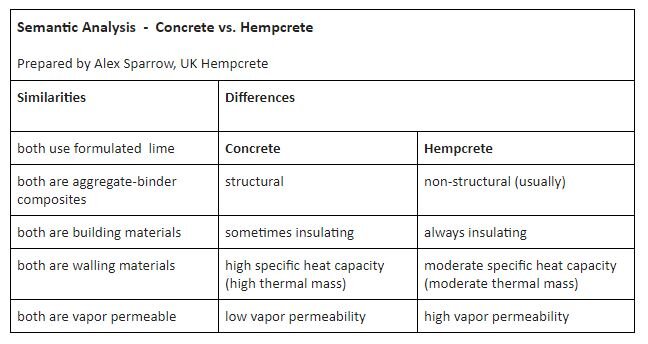Hempcrete - What’s up with the Confusing Terminology?
What is hempcrete?
Hempcrete (a British shortening of term Hemp Concrete - direct translation from French), is a bio-based mass formed by the blending and fusing of separate particles of matter in one body.*
*No concrete needed!
Hempcrete ≠ concrete
First, let’s clarify what the French meant when they referred to this biocomposite as Hemp Concrete. They were using the term concrete to mean ‘a mass formed by concretion or coalescence of separate particles of matter in one body’. Not concrete the way we tend to think of the term in the United States.
Sorry for the confusion, folks. Consider it lost in translation…
Hempcrete is not made with portland cement.
Nor does hempcrete get used in the same way that concrete does.
Although hempcrete shares some characteristics to modern concrete (commonly referred to as a portland cement binder with stone aggregate), there are important differences that make hempcrete such a valuable and interesting bio-based building material.
Similarities
Hempcrete and concrete are both lime-based composites that can be installed or applied in similar manners. From there, the properties and characteristics of these two materials diverge.
Differences
Because of the differences in the lime-based mineral binder, Hempcrete has a greater vapor permeability and lower specific heat capacity than concrete, insulates, and is not typically used structurally.
Hempcrete is Carbon-beneficial
Hemp additionally changes the carbon footprint of the mass due to the rapid growth of a woody core. Hemp absorbs more carbon per day than any other harvested plant. Due to it’s rapid growth and harvest cycle, hemp is seen as a critical source for carbon storage on fields, while providing a host of value-added products, including food, rope, textile products, insulation, building materials, fuel, and more.

